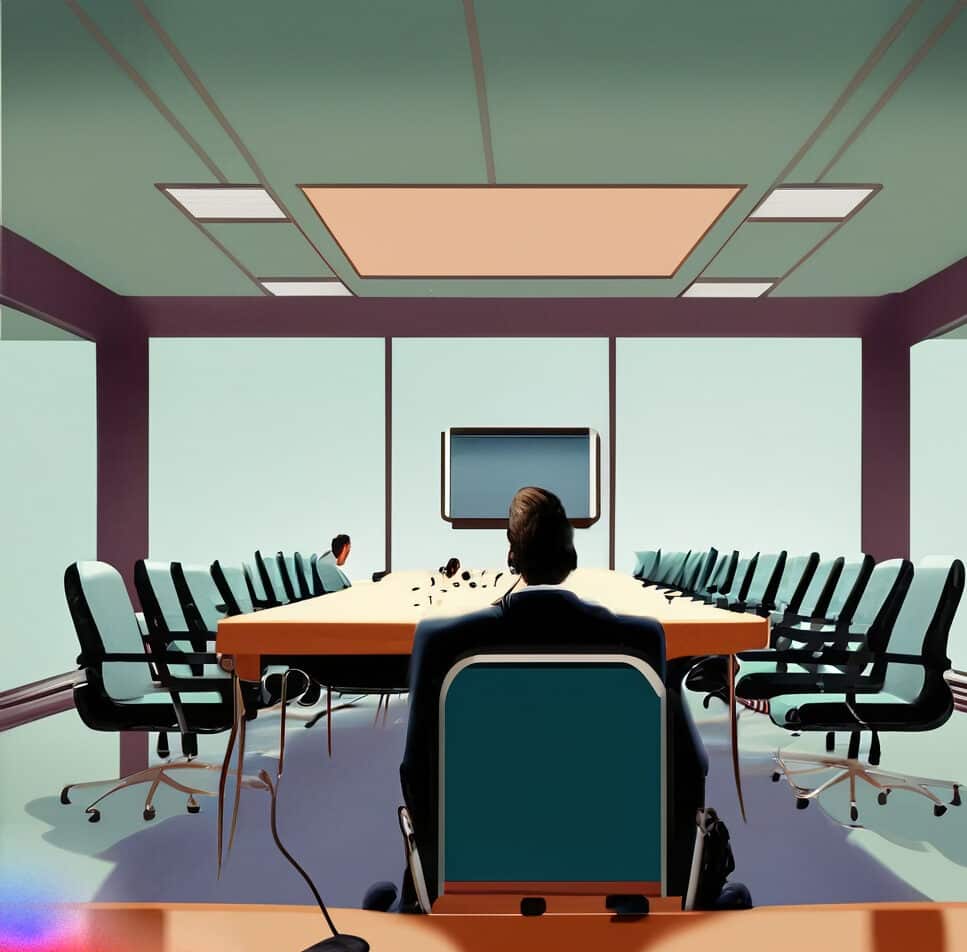
Meeting Room Display Size
Optimising Your Meeting Room: Choosing the Right Display Size
Selecting the ideal display size for your meeting room isn't as straightforward as it might seem. There are several factors to consider when deciding between LCDs, OLED TVs, tiled LED panels, or projection solutions for your boardroom or conference room. Each option offers unique benefits, but this guide focuses on helping you determine the best screen size for your specific needs.
Why Display Size Matters
To determine the correct display size for your meeting room, start by defining the room's purpose and the type of content that will be displayed. This step is crucial in identifying the perfect display size. For instance, design firms often showcase high-resolution images and videos, while architecture firms typically work with detailed AutoCAD files. The amount of detail required varies by application, which influences the appropriate screen size.
In most boardrooms and conference rooms, Excel and PowerPoint are the most commonly displayed applications, used in around 90% of cases. Given Excel's widespread use, it serves as our baseline for determining screen size. We use a factor of 5 to calculate the ideal screen height, ensuring visibility for even the least detailed applications like Excel.
The calculation is simple: divide the distance of the furthest viewer by this factor to determine the optimal screen height. For example, if the furthest viewer is 8 metres away, the ideal screen height would be 1.6 metres, which corresponds to a 120-inch diagonal screen.
Don’t Overlook Ceiling Height
Ceiling height is another critical factor that can significantly influence your choice of screen size. Most offices have a standard suspended ceiling height of approximately 2.8 metres, while the average seated person's eye level is around 1.2 metres from the floor. This setup leaves about 1.6 metres of vertical space to install your screen.
The room’s layout and seating arrangement also play a role. For example, in a classroom-style layout, some people might struggle to see the screen if it’s installed too low. Ideally, the bottom of the screen should be positioned at 1.25 metres above the floor, which allows for a maximum screen size of 120 inches. In larger venues, where bigger displays are necessary, you might need to distribute the content through additional screens or projection solutions to avoid obstructed views.
Is a 55-Inch LCD Display the Right Choice?
Clients often consider installing a 55-inch LCD display in their boardrooms, thinking it would be sufficient. But is it always the best solution?
One reason clients prefer LCD displays is their brightness compared to projectors, as well as the lower cost of ownership due to the absence of lamp replacements (unless using a laser projector). However, this perception isn't entirely accurate. While LCD displays do have advantages, a suitably sized LCD display can be at least three times more expensive than a comparable projection solution.
The current cost-effective sweet spot for LCD displays is around the 65-inch mark. Anything larger becomes significantly more expensive unless you're comparing consumer-grade TVs with business projectors. However, it’s important to note that consumer TVs and professional displays serve different purposes, and the comparison isn’t straightforward.
How to Choose the Ideal Screen Size
In a typical boardroom, chairs are usually spaced about 800mm apart. Based on this, here’s a rough estimate of the appropriate screen size depending on the room size and the distance to the furthest viewer, using our factor of 5:
- Huddle Rooms (4 seats or less): Furthest Viewer 2.4m away, screen height 480mm – 40-inch screen
- Huddle Rooms (6 seats or less): Furthest Viewer 3.4m away, screen height 680mm – 55-inch screen
- Meeting Room (8 seats or less): Furthest Viewer 4.2m away, screen height 840mm – 65-inch screen
- Meeting Room (10 seats or less): Furthest Viewer 5.6m away, screen height 1000mm – 90-inch screen (Projection becomes a more viable option here)
- Meeting Room (12 seats or less): Furthest Viewer 7m away, screen height 1388mm – 100-inch screen
- Boardroom (14 seats or less): Furthest Viewer 8m away, screen height 1600mm – 120-inch screen
Conclusion
We hope this guide has provided valuable insights into the critical factors you need to consider when choosing the right screen size for your boardroom or meeting room. At PTS Managed Services, we're dedicated to helping our clients make informed decisions that meet their unique needs.
For more in-depth information, explore our blog, or contact us to speak with one of our experts. Let us assist you in creating the perfect audio-visual setup that will elevate your meetings and presentations to new levels of clarity and engagement.
If you need help or advice related to this topic please get in touch with us here